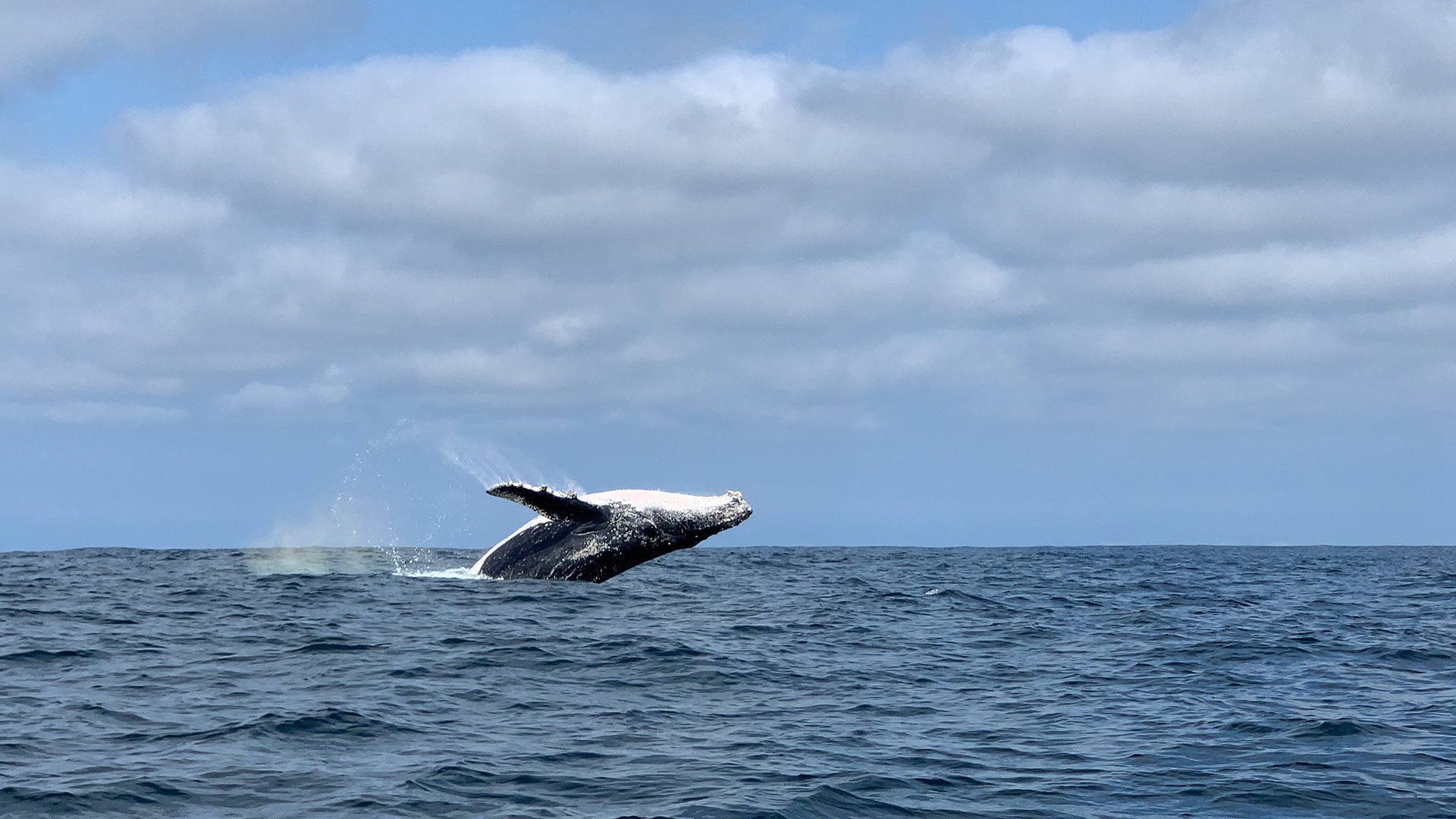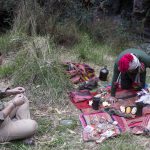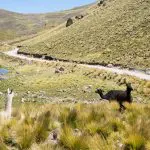Wildlife sightseeing is a major travel draw, with tourism centered around these experiences expanding quickly. Encountering fascinating animals up close, which many of us have only seen on screens or in books, is truly unforgettable. However, is it as harmless as it seems?
While observing wildlife in their natural habitat usually has a low impact, activities involving hands-on encounters or using animals for entertainment can raise serious ethical concerns. Wild animals are not meant to be domesticated, and subjecting them to such experiences can lead to abuse, stress, or even drugging to make them compliant or perform. These practices not only harm the animals but also disrupt their natural behaviors, causing lasting trauma and making them unsuitable for release back into the wild. The capture of wild animals for such tourism can also disturb their populations and alter the balance of entire ecosystems, leading to long-term ecological consequences.
Identifying ethical wildlife observation experiences has become challenging, as some operations market themselves as sanctuaries or conservation centers while engaging in less than humane practices. Many such facilities may use deceptive marketing to appear as if they are committed to animal welfare, but in reality, they may exploit animals for profit or entertainment. Many people seek these interactions without noticing signs of animal stress, unknowingly contributing to these unethical practices.
Beyond the tourist attractions featuring animals that we may encounter on our travels, there are also less obvious actions that can cause avoidable harm, such as littering their habitat or purchasing souvenirs made from animal parts.
If you want to appreciate wildlife in their natural habitat and contribute positively to conservation but are unsure what constitutes ethical practices, keep reading for valuable tips to guide you on your next adventure!
Download our printable ethical wildlife tourism guide.

Dive deep into your research
Just as we consult reviews for hotels and restaurants, make sure to cross-check animal attractions with trusted organizations and experts to identify any potential signs of animal abuse or unsustainable practices. Resources from reputable organizations can provide essential guidance on how to identify unethical practices and ensure that your wildlife experiences are both enjoyable and respectful of animal welfare. To make informed choices, always consult your travel agency or tour operator about approved, ethical activities that support the well-being of animals and promote responsible tourism. For instance, consider experiences that are scientifically backed, like our whale watching tour in Puerto López, Ecuador, which is guided by biologists.
Typically, it’s best to avoid experiences that involve close-up photography, touching, or feeding animals, and instead choose opportunities to observe them from a distance in their natural habitat.
Report any instances of animal abuse or irresponsible behavior to the authorities or reputable organizations, and share the information with your circle to raise awareness.

Capture moments from a distance
While photographing wild animals can be a wonderful way to create lasting memories, it’s important to avoid close-up shots and selfies with them. Most wild animals are not accustomed to human interaction, and forcing such contact often involves abuse, drugging, or even mutilation. For example, the slow loris, a small nocturnal primate from Asia, is often used in tourist attractions for photos. These close encounters make people want a slow loris as a pet, fueling the illegal wildlife trade. To make them “safe” for handling, their venomous teeth are frequently clipped or removed without anesthesia, inflicting severe pain and suffering. Unethical tourism exploitation and the pet trade, along with other threats like habitat loss, are significant factors pushing the species toward extinction.
Another often overlooked consequence is the transmission of diseases between humans and animals, which can lead to dangerous outbreaks. These outbreaks can cause severe health issues, posing serious risks to both animals and humans, and potentially leading to public health emergencies. This highlights the importance of maintaining a safe distance from wildlife and practicing good hygiene to prevent such risks.
Instead, capture photos from a distance and, more importantly, savor the experience with your own eyes. Observing animals in their natural habitat provides a unique and rewarding experience. For photography enthusiasts, there are growing travel opportunities tailored for capturing breathtaking wildlife images, often led by renowned experts, allowing you to explore the world in search of extraordinary animals.
“As a bird biologist and avid birdwatcher, I have navigated the delicate balance between ethical practices and the desire for close encounters with birds in the wild. When visiting locations with feeders, I look for strict feeder hygiene protocols to minimize disease risks, while recognizing that supplemental feeding can disrupt the natural behavior of attending birds. When employing playback—the use of recorded calls and songs—to lure birds and successfully draw them out of dense foliage, I recognize it can also induce stress in them, so it has to be done with caution and being alert to distress signs.” Daniel Muñoz Sáez, Impactful Travel

Advocate on social media
Sharing and promoting animal cruelty content on social media can encourage others to engage in similar behaviors, mistakenly conveying that activities like cockfighting, bullfighting, or using wild animals as pets or for photos are fun and acceptable. Disengage from and report this content to help combat unethical wildlife tourism tourism and the pet trade, and support the protection of wildlife from exploitation.
Direct your efforts toward promoting tourism initiatives that prioritize animal welfare and habitat conservation. If you’ve had the chance to visit such projects during your travels, share your experiences with family and friends to raise awareness about the positive impact of supporting responsible tourism!
Support local conservation efforts
Wherever you travel, you’re likely to come across local-led conservation projects making a difference. By practicing responsible tourism, you can support these efforts in several ways—whether through donations, volunteering, or using their services, such as guided tours and eco-friendly accommodations. Beyond benefiting nature, financially supporting these initiatives helps create alternative livelihoods in areas with limited opportunities. Many locals who now work in conservation may have previously been involved in environmentally harmful activities, and tourism provides them with a sustainable and impactful way to support their families while contributing to conservation efforts.
“The greatest way to show your love for animals is by observing them wild and free, and supporting their conservation through locally-led responsible tourism. As a biologist who’s traveled extensively in search of animals I’ve dreamed of seeing since I was a child, I can tell you there’s nothing like the thrill of exploring their natural habitats. The excitement of not knowing which animals you’ll encounter or how they’ll appear is what makes each experience unforgettable. One of my most cherished memories is from a trip to Thailand with friends, where we camped in a national park for a few days. I was eager to see gibbons, but all we could hear were their enchanting calls. On our last day, as we were driving out of the park and I had given up hope, we suddenly heard gibbons nearby. We stopped the car and waited, and soon several gibbons appeared, swinging above us with the sun filtering through the forest. It was an unexpected and magical moment, showing how nature surprises us when we approach it with respect.” Sara Campanales, Impactful Travel

For example, our new 5-day tour in Tambopata, Peruvian Amazon, is the perfect blend of conservation and adventure. Explore vital conservation efforts, connect with passionate wildlife protectors, and get involved in reforestation projects—all while experiencing the wonders of the Amazon!
Treat their home like your own
When in nature, treat your surroundings as you would your own home. Never disturb, harm, or feed wildlife. Feeding wild animals can lead to health issues and make them too comfortable around humans, reducing their natural fear and instincts for foraging. This can increase their vulnerability to hunters and can also result in aggressive encounters. Touching wildlife also poses risks of disease transmission and can be damaging to the animals. For example, taking a starfish out of water for a picture, although commonly seen, can be fatal. Starfish need water to breathe, and even brief exposure to air can cause them to suffocate or suffer irreversible damage. What may seem harmless to you can have devastating effects on wildlife. Always educate yourself beforehand and follow guidelines provided by local experts during your travels.
It’s also crucial, when observing wildlife, to leave no trash behind and avoid taking anything from their habitat. Litter can be harmful to animals and disrupt the ecosystem, and even taking small things like rocks, plants, or shells can upset the natural balance of their environment.
Wildlife are not souvenirs
While on vacation, you might be tempted to buy souvenirs made from animal parts. While items like animal skins are clearly problematic, some seemingly harmless souvenirs can still be unethical. Many of these items are not simply found; animals are often tracked, captured, and sometimes killed to obtain them. Take seashells, for example—you might assume that artisans collect them from the beach, long after the creatures have left. However, many shells are collected with the animals still inside, which are then removed and discarded in preparation for sale.
However, many local communities in tourist destinations create art inspired by generations of living closely with wildlife, and it’s often done in a way that doesn’t harm animals. You can support these artisans by participating in their workshops, buying their crafts, or engaging with their cultural programs, which helps sustain their traditional skills and contribute to local conservation efforts.

Download our ethical wildlife tourism guide








